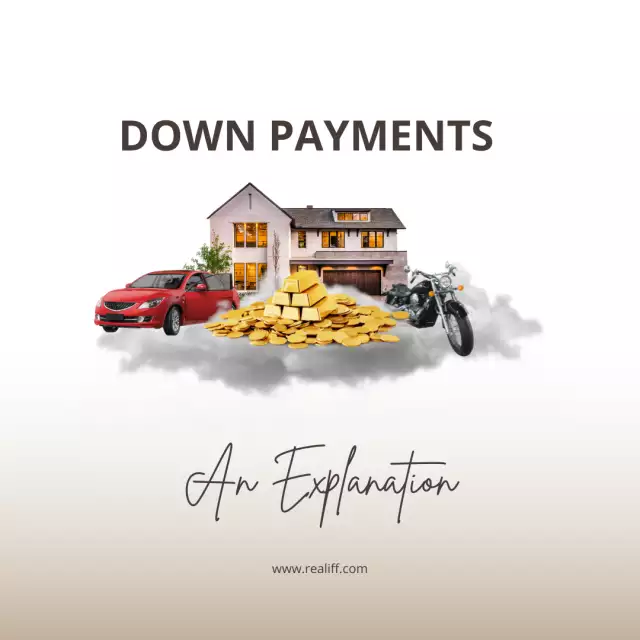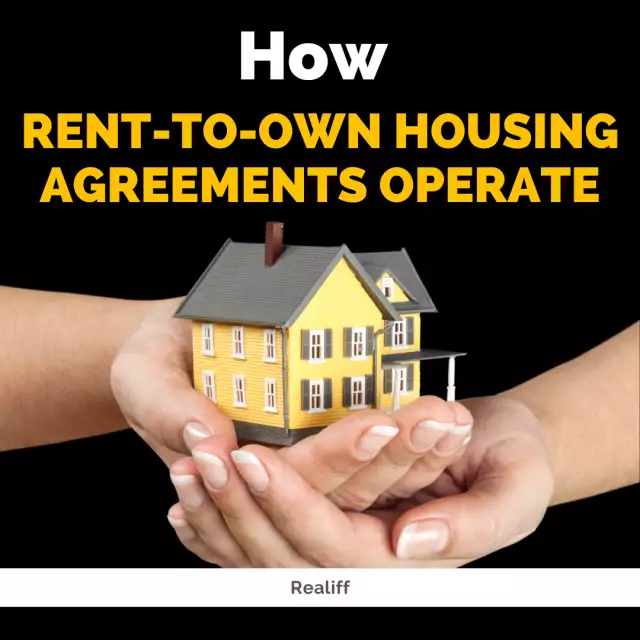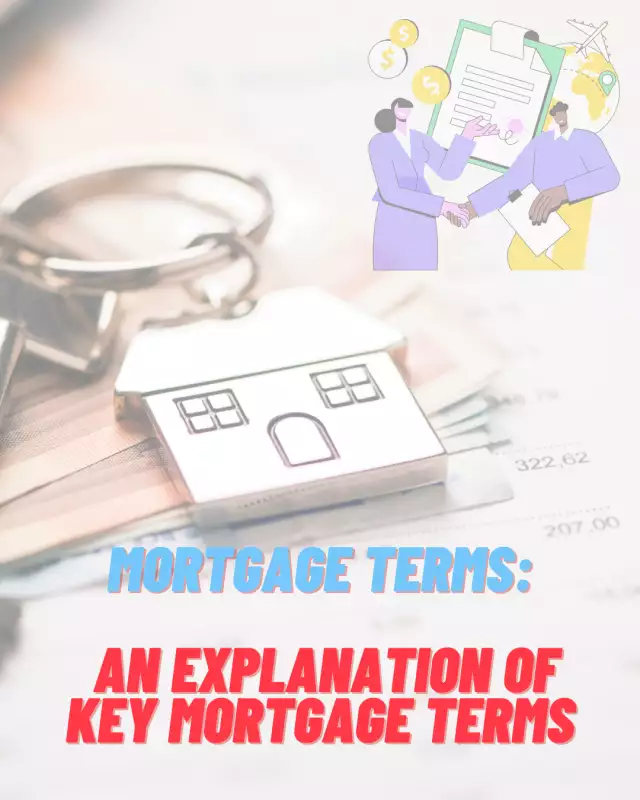An Explanation of Down Payments
When you're purchasing a house, one of the most important decisions you'll make is determining how much money to put down. A down paymentis the sum of money that you pay upfront to buy a property. The purpose of a down payment is to decrease the amount of money you borrow, reduce your monthly payments and potentially lower your interest rate.
This post will explain what a down payment is, how much you should aim to put down, and how down payments can affect the overall cost of a mortgage.
What is a Down Payment?
A down payment is the amount of money you pay upfront when purchasing a house. It is typically expressed as a percentage of the home’s total value. For example, if you're buying a house that costs $500,000 and you put down 20%, your down payment would be $100,000. The remaining $400,000 would be financed through a mortgage.
How Much Should You Aim to Put Down?
The minimum down payment required for a mortgage varies depending on the type of mortgage and the lender. In general, you can expect to put down between 3% and 20% of the home's total value. However, there are some situations where you may need to put down more than 20%, such as if you have a poor credit score or you're purchasing a high-value property.
While the minimum down payment required may seem appealing, keep in mind that putting down a larger sum can benefit you in several ways. For example, if you put down more than 20%, you can avoid paying for private mortgage insurance (PMI), which is required for mortgages with down payments under 20%. Additionally, a larger down payment can decrease your monthly mortgage payment, save you money in interest over the life of the loan, and potentially help you qualify for a lower interest rate.
How Down Payments Affect the Overall Cost of a Mortgage
Your down payment can significantly affect the overall cost of your mortgage. The more money you put down, the less you'll need to borrow, which means you'll have lower monthly payments and less interest to pay over the life of the loan.
Here’s an example of how different down payments can affect the total cost of a 30-year fixed-rate mortgage:
Home Price: $500,000
Interest Rate: 4%
Loan Term: 30 Years
Down Payment: 5%
Loan Amount: $475,000
Monthly Payment: $2,264
Total Interest Paid: $360,107
Down Payment: 10%
Loan Amount: $450,000
Monthly Payment: $2,140
Total Interest Paid: $323,312
Down Payment: 20%
Loan Amount: $400,000
Monthly Payment: $1,910
Total Interest Paid: $286,518
As you can see, a higher down payment can save you thousands of dollars in interest over the life of the loan.
Conclusion
When purchasing a house, a down payment is an essential factor to consider. While the minimum down payment required may be tempting, putting down a more significant amount can benefit you in several ways. By putting down a larger sum, you can decrease your monthly payments, save money in interest over the life of the loan, and potentially qualify for a lower interest rate.
In summary, carefully consider your financial situation and the home's total value when determining how much to put down. Use this handbook to help you make an informed decision that aligns with your financial goals.
Some common FAQs related to down payments for mortgages:
What is the minimum down payment required for a mortgage?
The minimum down payment required for a mortgage varies depending on the type of mortgage and the lender. In general, you can expect to put down between 3% and 20% of the home's total value. However, there are some situations where you may need to put down more than 20%, such as if you have a poor credit score or you're purchasing a high-value property.
Can I put down more than 20% for a mortgage?
Yes, you can put down more than 20% for a mortgage. While it's not necessary, a larger down payment can benefit you in several ways, including lower monthly payments, less interest paid over the life of the loan, and potentially a lower interest rate.
Do I have to pay private mortgage insurance (PMI) if I put down more than 20%?
No, if you put down more than 20% of the home's total value, you generally do not have to pay for PMI. However, if your credit score is low or there are other factors that make you a high-risk borrower, the lender may require PMI even if you put down more than 20%.
Can I use gift money for a down payment?
Yes, you can use gift money for a down payment. However, the lender may have specific requirements for how the gift money is documented and sourced, so it's important to talk to your lender about their policies.
Can I borrow the down payment for a mortgage?
It is generally not recommended to borrow the down payment for a mortgage, as this can increase your debt-to-income ratio and make it harder to qualify for the loan. It's best to save up for a down payment or consider other options, such as a down payment assistance program or a gift from a family member.







